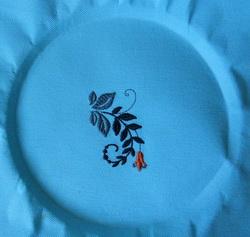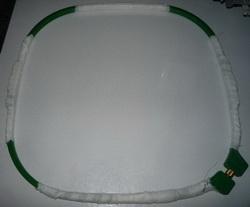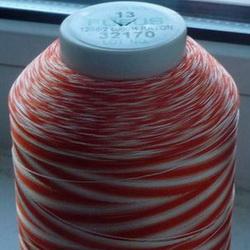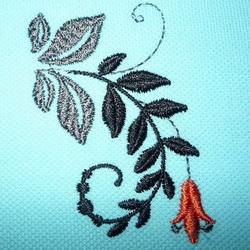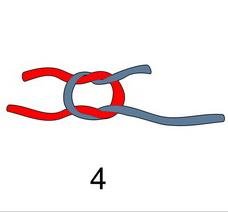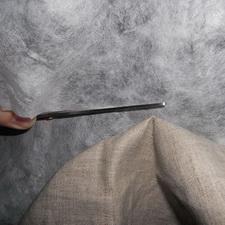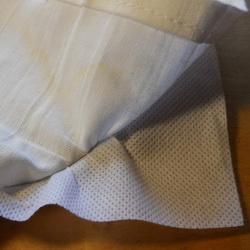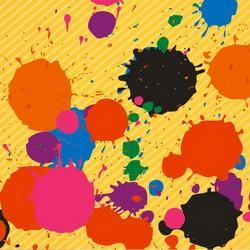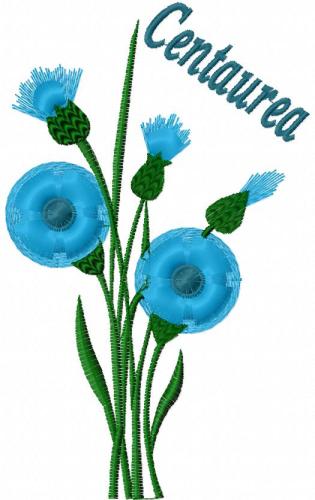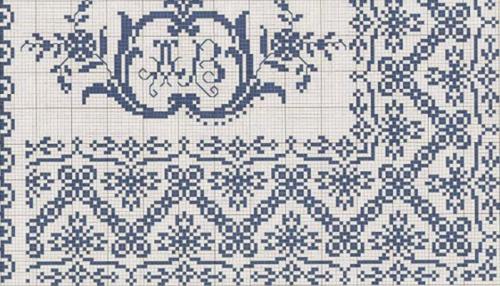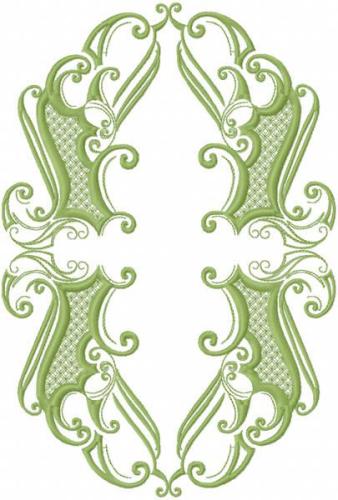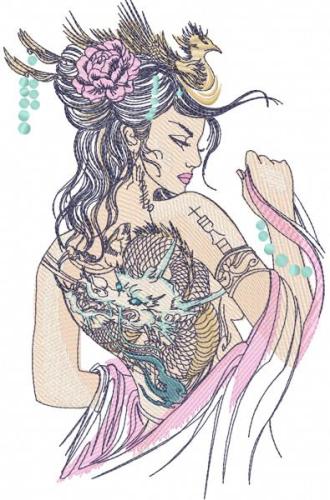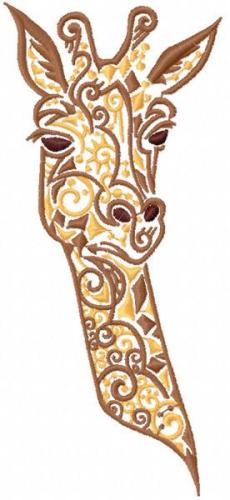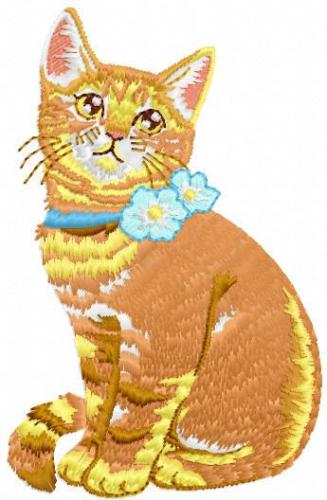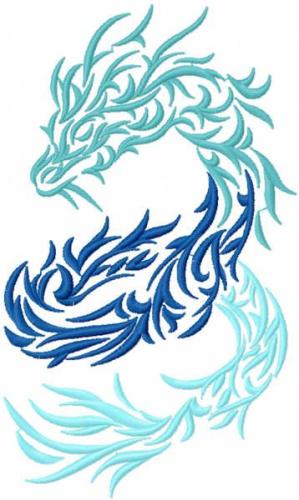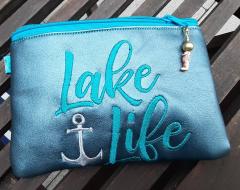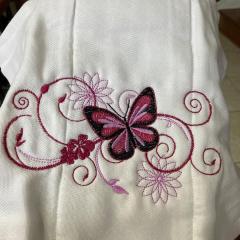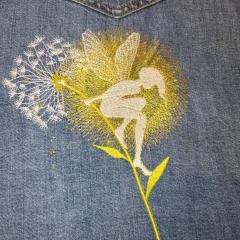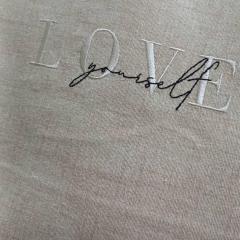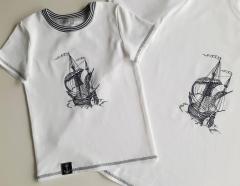Removing the hoop burn
By
Irina, in Machine embroidery materials and technology, , 1 comment, 12,230 views
I've already raised the question of hoop marks (hoop burn) on fabric and the ways of avoiding them. Today I will write about removing the ones that are already there.
First let's try to figure out what is the reasons for their appearance. It is believed that the reason for hoop marks is screwing a hoop too tightly so that the rings are fitted too closely. The traces may vary:
Simple creases Shiny rings Fibers shift Fibers damage Some fabrics are more prone to get hoop marks and some are less. For example, pure fabrics will more likely get hoop marks, unlike the blended ones. Fabrics like velvet are often difficult to hoop and require alternative methods of securing, because the hoop tramples down the pile, which is then uneasy to restore to its original condition.
Of course, some of these marks are easier to remove than the others; everything depends upon the degree of damage and fabric composition.
There are numerous ways of removing the hoop burn. I've seen the following recommendations, which require inexpensive means that are always under our hand:
Always keep a bottle with a sprinkle, filled with plain water. After unhooping, spray the hoop marks with water right away and leave it for 5 or 10 minutes to dry. When fabric is dry, press it with steam. A sticky roller brush that removes fluff and pile from clothing will help with the hoop burn on dark textiles. Starch mixed with water will be equally effective. You need to sprinkle it over the hoop marks and dub them with a soft cloth or just by hand. But this is only true for light-colored fabrics. For the dark-colored fabrics better use an ordinary fabric softener. Hoop marks will easily come off the knitted fabric if you use steam. I've tried this one myself. It is recommended to remove shiny hoop burn with vinegar and water cleaning solution, which is sprayed over the damaged place and then dubbed with the piece of the same fabric. Flattened pile could be brushed. Creases will most probably disappear after first washing. Fiber shift is much harder to correct. I remember how I had to restore the fabric simply by moving the fibers back to their original position one by one with the help of a needle. Fiber damage (tear) is, in my opinion, irreparable. Therefore you should very attentive to how tightly you hoop the fabric.

